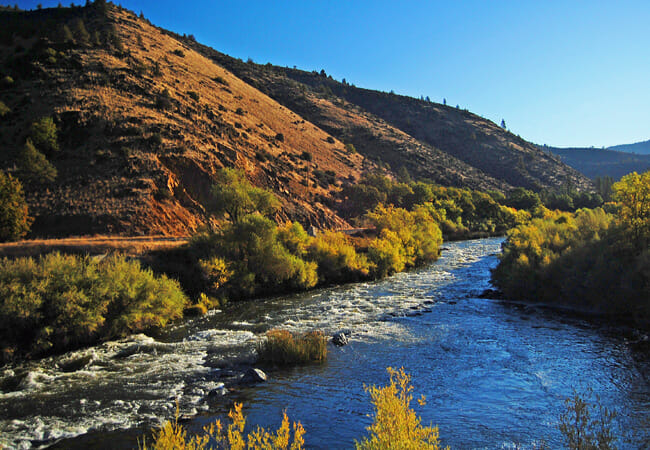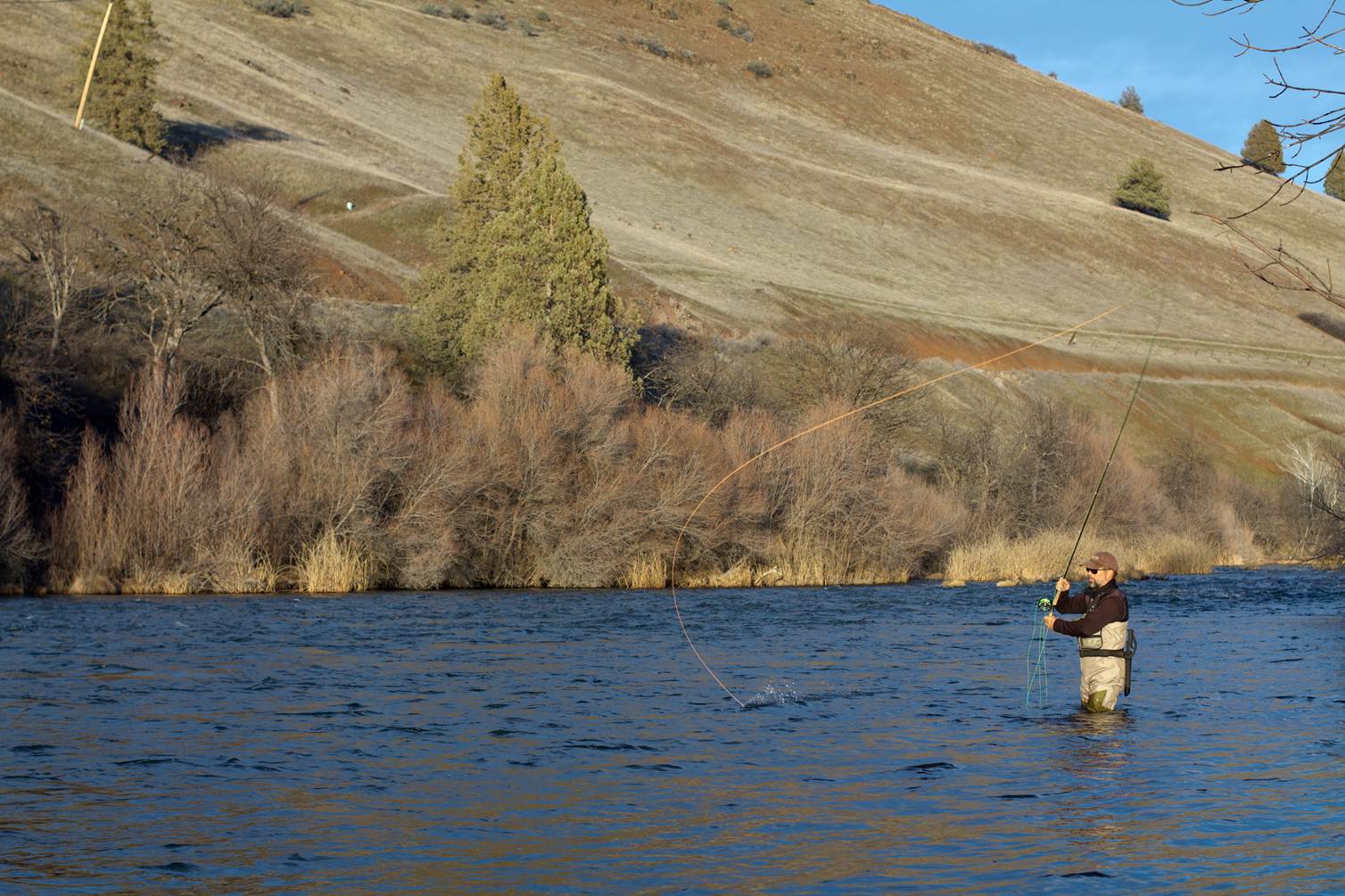Today, the Klamath River Renewal Corporation (KRRC) filed two applications with the Federal Energy Regulatory Commission (FERC), which together mark a major milestone in the process of removing four hydropower dams through the Klamath Hydroelectric Settlement Agreement (KHSA).
The objective of the KHSA is to decommission four old hydropower dams along the Oregon-California border, which will open up more than 400 miles of historic spawning and rearing habitat for salmon-and even more for steelhead. Historically, the Klamath River was the third most productive watershed for salmon and steelhead on the West Coast.
Brian J. Johnson, director of Trout Unlimited’s California and Klamath programs, played a major role in negotiating the revised KHSA.
Johnson said, “These filings are a big step forward on the road to redemption for the Klamath River and its legendary salmon and steelhead runs. Trout Unlimited applauds PacifiCorp and the Klamath River Renewal Corporation for today’s historic action. The current drought, which has caused severe hardships for farmers and ranchers, tribes, and fish and wildlife, underscores the importance of implementing the principal goals of the Klamath Agreements.”Klamath River scenic.jpg

Johnson added, “The Klamath River is far too important to delay the process of restoring it. Once complete, removal of the four dams will roughly double the available habitat for steelhead and salmon in this system, improve recreational and commercial fisheries, and protect utility ratepayers from unexpected rate hikes.”
In today’s action, the KRRC filed a joint application with PacifiCorp, the utility which presently owns the dams, that formally requests FERC transfer PacifiCorp’s licenses to operate the dams to the KRRC. The second application asks FERC to approve dam decommissioning and removal. FERC and other regulatory agencies will conduct a public process to evaluate the proposed decommissioning plan.
Under the KHSA, the KRRC would oversee dam removal which, if approved, would begin in 2020. PacifiCorp will continue to operate the dams until they are decommissioned. The Department of the Interior released an Environmental Impact Statement in March of 2013 concluding that dam removal is safe, cost-effective, and will lead to improved fisheries and water quality. The Oregon and California public utility commissions both found that decommissioning the dams via the KHSA was a prudent alternative for PacifiCorp’s customers.
The KHSA, as amended in April 2016, provides the roadmap for the decommissioning and removal of the J.C. Boyle, Copco I and Copco II, and Iron Gate dams on the 373-mile Klamath River and calls for the creation of the KRRC to oversee the process. A diverse set of stakeholders have agreed to this shared vision for the future of the Klamath basin-to date, the 2016 KHSA has been signed by the U.S. Departments of the Interior and Commerce, the states of California and Oregon, the Karuk and Yurok Tribes, PacifiCorp, Trout Unlimited and eight other conservation and fishing groups, and other interested parties. When complete, the KRRC’s efforts will result in the largest dam removal project in U.S. history.
More information and copies of the applications may be found at the KRRC’s website: www.klamathrenewal.org.
Top image courtesy of Craig Nielson/Shasta Trout



